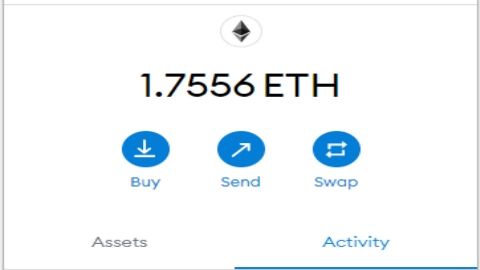Last Thursday morning Russia decided to invade Ukraine. A session in which the markets collapsed and raw materials, especially oil, rose sharply, fueling fears that inflation will rise more than estimated and put the Central Banks at a crossroads as they do not have much room for manoeuvre.
But is the rise in crude oil prices sustainable? From UBS they propose two scenarios: One downwards in which it places the brent price for December this year in a range between 60 and 85 dollars per barrel, in which the covid-19 effect moves downwards, with forced landing of China in the year and with recovery of production, with the risk that it will do so too quickly, together with the possibility of the return of Venezuela and Iran. And another scenario, in this case upwards, in which prices, at the end of the year, move in a range between 115 and 130 dollars a barrel of Brent. Here we are talking about political episodes, says the Swiss bank, of a destabilizing nature in regions such as Libya, Venezuela, Nigeria and the Middle East that could cause a sharp drop in supply for a prolonged period. Also a recovery in oil demand faster than expected due to the global increase in mobility and a slow response in production by the United States and OPEC+.
In this environment, staying in liquidity with inflation levels above 5% would lead us to see our savings decrease day by day, so “our recommendation is to invest in quality securities that provide stability, solvency and long-term potential to our portfolios, with moderate risk”, says María Mira, fundamental analyst of Investment Strategies. See: Five quality shares on the Ibex 35.
But what are those values? Is there potential in the energy values in this situation? In Medusas Negras, Mira analyzes the conflict between Ukraine and Russia, the energy crisis, the energy sector of the IBEX 35 and raw materials, paying special attention to stocks such as Endesa, Naturgy, Iberdrola and Enagás, discovering which ones are more profitable and less advisable in this political context. See: Are we Europeans financing the battles of Tsar Vladimir Putin?
Among these companies, MERLIN Properties and Mapfre continue to break their yearly highs after generating a primary uptrend. Both companies are in the 2022 high zone and leave behind a consolidated support zone. See: Two Companies that continue to break their annual highs.
In addition, “In times of uncertainty and volatility such as the current one, in which it is not known if we are going to go to resistance or support, investing in companies that distribute a good dividend is always attractive. In the case of the United States right now the ‘reit’ or socimis have a quite interesting behavior, with dividend yields of over 8% in some cases. Here in Spain we also have companies that distribute a fairly juicy dividend and that can cover our portfolios at a time of so much uncertainty”, he comments Rafael Ojeda, global macro analyst at Fortage Funds. See: These are the Ibex 35 and Eurostoxx 50 shares with the highest dividend yield.
With these dividend strategies, from Aberdeen they believe that the manager’s global variable income Dynamic Dividend fund can work well this year due to its diversification and because it also has that dividend leg of 5.4% compared to 5.2%, and you are using a 55% value and 40% growth blend strategy that is dynamic and mobile and could be immune to market fluctuations and cycles.
And again another week we focus on cryptocurrencies just when the senator for the Democratic party in California, Sydney Kamlager, has presented a bill that seeks to accept cryptocurrencies as a means of state payment according to Diario Bitcoin.
Kamlager filed a bill last Friday to add Section 11000.3 to the Government Code, regarding the acceptance of cryptocurrencies by the state government. The aforementioned project would authorize state agencies to accept cryptocurrencies as a payment method for the provision of government services.
